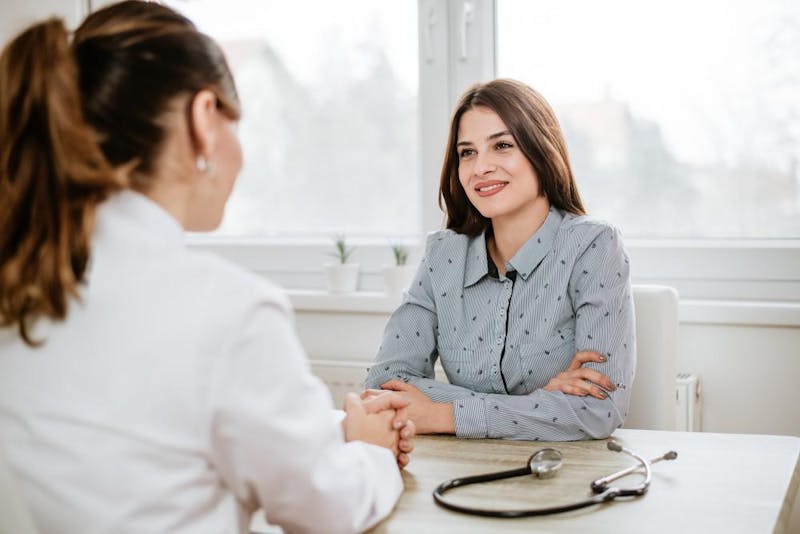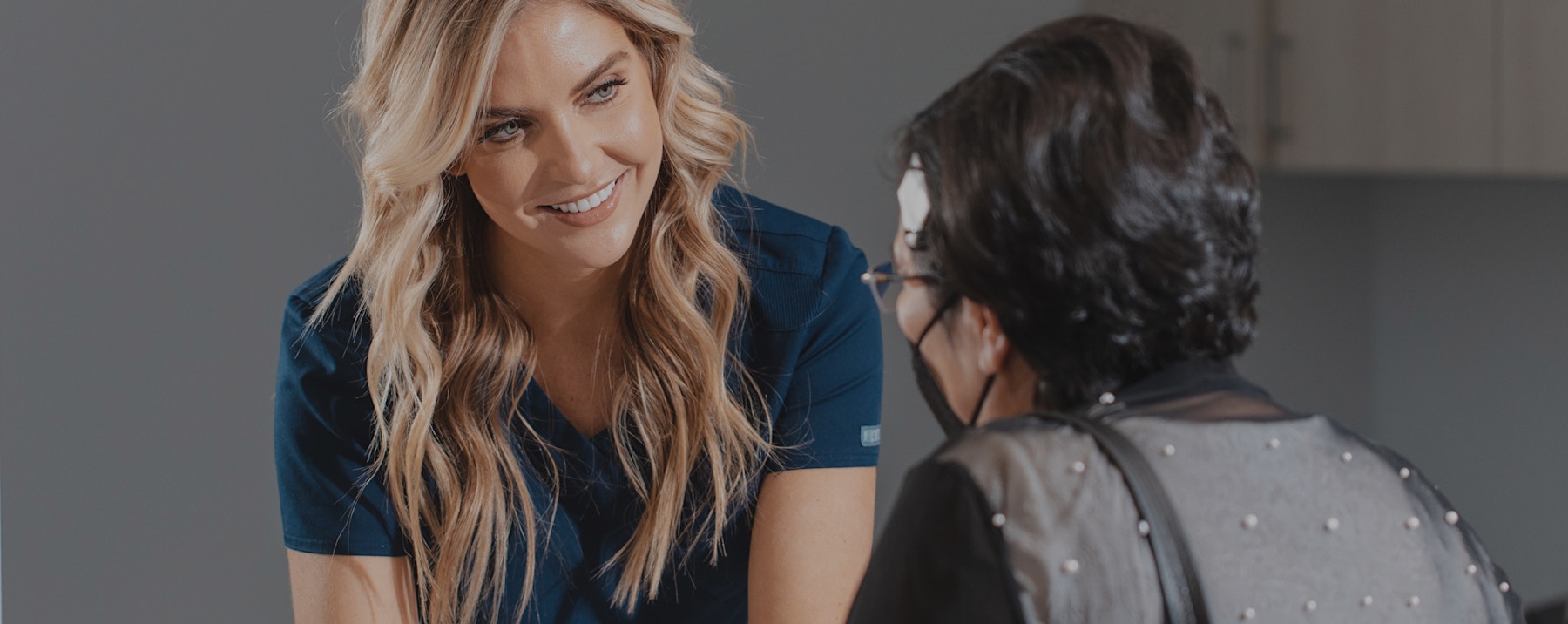
When facing a sore or chronic wound, the last thing you might think about is your circulation. But blood flow problems can lead to wounds and interfere with healing.
Our passionate team at Wound Evolution - Wound Care and Hyperbaric Medicine brings the latest proven therapies to each of our wound care plans. We offer these insights into your circulatory system and how it can lead to skin ulcers.
How your circulatory system works
Your body needs oxygen to survive, and oxygen reaches every cell in your body through your circulatory system.
Each time your heart pumps, it sends oxygen-rich blood to every corner of your body through a complex system of arteries. Then the blood returns to your heart for more oxygen through your veins, and the process begins all over again.
Several conditions can affect your circulatory health, including high blood pressure, high cholesterol, and diabetes. Each of these problems interferes with how blood flows through your body, and each can put your health at risk.
You can also experience venous disease, which leads to problems, including skin ulcers, in your lower body.
A closer look at venous disease
The arteries and veins in your circulatory system are flexible, hollow tubes. The blood flowing back to your heart through your veins has to fight against gravity, so these tubes also contain tiny flaps, or valves, to keep blood from flowing in the wrong direction.
When you have venous disease, these valves don’t function properly, letting blood flow backward and pool, usually in your legs.
There are several types of venous disease, such as:
- Blood clots
- Deep vein thrombosis
- Superficial venous thrombosis or phlebitis
- Chronic venous insufficiency
- Varicose and spider veins
Venous disease can also cause two different types of skin ulcers.
Venous disease and skin ulcers
There are two different wounds associated with venous disease: venous ulcers and arterial ulcers.
Venous ulcers
These wounds develop when poor circulation causes blood to pool in a vein. As pressure builds in the vein, it can push fluid out, causing skin to break down and a venous leg ulcer to develop. These wounds often form on the inner area of the ankle or below the knee.
Signs of a venous ulcer include:
- Swelling
- Inflammation
- Aching
- Flaking, scabbing, or hard, itchy skin
- Black- or brown-stained skin
Venous ulcers can also cause a discharge.
Arterial ulcers
Arterial ulcers develop because of a blocked artery that prevents blood flow to the leg. Also known as ischemic ulcers, they usually appear on the outside of the ankle, heel, foot, or toes — though, they can also form elsewhere.
Signs of an arterial ulcer include:
- Hairless, tight skin
- Yellow, red, or black sores
- A punched-out or deep wound that doesn’t bleed
- A reddened leg when lowered that pales when elevated
- Leg pain at night
It’s also common for an area with arterial ulcers to be cool or cold to the touch from poor circulation.
You shouldn’t ignore either of these skin ulcers because they need professional care to heal. They will only grow larger or deeper if you ignore them, increasing your risk of serious complications, including wound and bone infection.
Treating venous and arterial ulcers
We understand that wounds associated with poor circulation require a two-pronged approach. Simply put: You need to address the underlying cause of your venous disease and get specialized attention for the wound itself.
With our help, you can get the wound care you need with our comprehensive approach. Based on your skin ulcers, we could recommend services that include:
- Debridement
- Specialized dressings
- Medications
- Compression therapy
- Hyperbaric oxygen therapy
We can also teach you how to keep your wound clean and properly cared for at home to support the healing process.
Do you have skin ulcers from poor circulation? Contact us today at one of our four locations to get the specialized treatment you need. Our offices are in Dallas, Fort Worth, and San Antonio, Texas, as well as Overland Park, Kansas.

